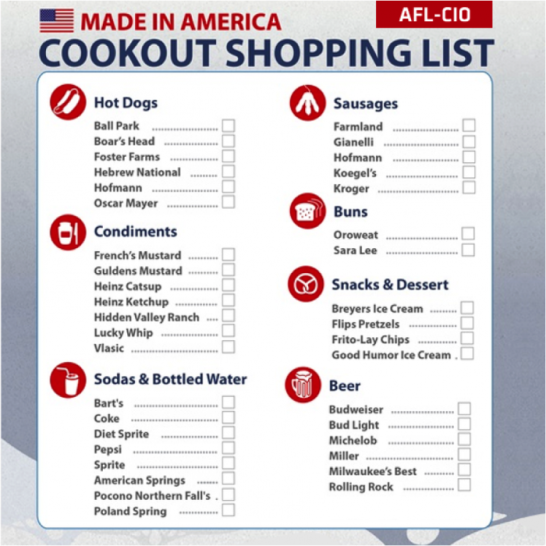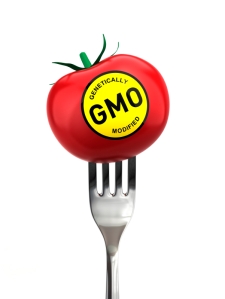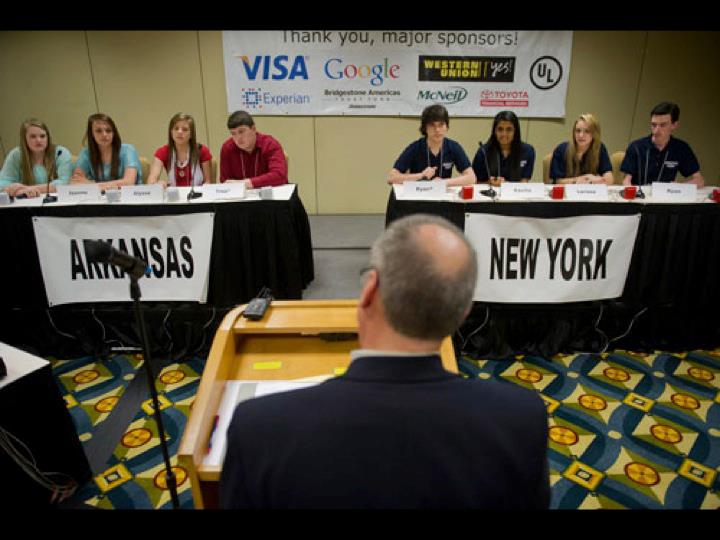I finally got around to reading Sheryl Sandberg’s book, Lean In. I confess that from the reviews, I wasn’t sure if I’d like or hate the book. I liked it a lot, but even more, I think it’s an important book. It’s a feminist manifesto for the current generation of working women. Sandberg counsels her peers not to drop out of the workforce because someone convinced you that “you can’t have it all.” I’ve always disliked that phrase. It’s self defeating and ultimately meaningless. She tells women to use their brains, their education, their families, spouses and moxie to figure out a work-life balance. Having children and working full time is do-able with the right support systems in place. She acknowledges that not every woman has those support systems; but if you do, don’t shy away from a promotion, a new job, or new opportunity.
This is an inspiring book. It’s true that Sandberg’s led a charmed life –which is why I had my doubts about the advice she was dispensing – she’s has two degrees from Harvard – undergrad and the Business School (when I lived in Boston they called it Preparation H!) , she’s a protégé of former Treasury Secretary Larry Summers and his chief of staff at Treasury, was recruited by Eric Schmidt to work at Google, then recruited to be CEO at LinkedIn and turned it down, and is now one of Mark Zuckerberg’s general’s at Facebook. She’s also a Jewish girl who managed to find the ideal, supportive Jewish husband and have two perfect kids. Plus, she’s reported to be worth over a billion dollars. I’ll get to that point in a minute.
In spite of this gilded path, it’s hard not to like Sandberg: she’s supportive of colleagues and friends, she’s funny and self deprecating, she acknowledges leading a privileged life, and notes that she learned along the way – to her surprise – that she’s actually a feminist, a description she rejected in her younger years. Many in my generation of working women cheer when we hear that, since so many younger men and women have accepted the negativity foisted on the word “feminist” by a culture threatened by empowered women.
Sandberg’s had a few bumps in the road. She got divorced after a hasty marriage right out of college and experienced some old fashioned sexism while serving as a page to a New York Congressman. When she was introduced to House Speaker Tip O’Neill he commented “She’s pretty,” and turning to Sandberg asked her “Are you a Pom Pom girl.” Every working woman has experienced that kind of sexism.
But her advice to working women is solid. History is replete with examples of women who did it all – raised families and had remarkable careers. The women who first ran the National Consumers League are a case in point. Florence Kelley had three children, fled an abusive husband to land at Hull House in Chicago, relied on friends to care for her small children while she pursued her remarkable career of exposing the evils of child labor, drafting the nation’s first minimum wage laws and getting the Supreme Court to hear the first maximum hours’ case laws. She traveled far and wide, speaking at women’s clubs and conferences. Frances Perkins served as Secretary of Labor all four of FDR’s terms and is largely responsible for lifeline programs like social security, workers compensation, and unemployment insurance. She lived in Washington, traveling to see her husband (who suffered from mental illness so she couldn’t depend on him to care for their daughter) and daughter on weekends. Neither of them was rich, nor did they have parents they could rely on for support. Both Kelley and Perkins felt guilty about being away from their families, but each had a calling and what an enormous debt we owe them for their impact on social reforms in America – and what a loss it would have been had they chosen not to work.
So thank you to Sheryl Sandberg advising working women to lean in and to stay in the workplace if they want to. Don’t believe that adage that you “can’t have it all.” What bunk! Women in America today have far too much education, talent, and valuable skills to let themselves be talked out of a fulfilling career. I recommend Sheryl Sandberg’s book women of all generations.
That said, I also think Sandberg should put some of the cash – of which she has so much – toward bettering the lives of low income working women and families. Below are six organizations that I would put on my Hanukah giving list if I was worth what she’s worth (of course, the National Consumers League get my first $100 million!):
National Employment Law Project (NELP) – NELP works in partnership with national, state and local allies, promotes policies and programs that create good jobs, strengthen upward mobility, enforce hard-won worker rights, and help unemployed workers regain their economic footing through improved benefits and services.
National Partnership for Women and Families – Founded in 1971 as the Women’s Legal Defense Fund, the Partnership promotes fairness in the workplace, reproductive health and rights, access to quality, affordable health care, and policies that help women and men meet the dual demands of work and family.
MomsRising – MomsRising combines the best of American innovation and ingenuity. They are a transformative on-the-ground and online multicultural organization of more than a million members and over a hundred aligned organizations working to increase family economic security, to end discrimination against women and mothers, and to build a nation where both businesses and families can thrive.
9to5 – 9to5 is one of the largest, most respected national membership organizations of working women in the U.S., dedicated to putting working women’s issues on the public agenda. Their mission is to build a movement for economic justice, by engaging directly affected women to improve working conditions.
Interfaith Worker Justice – IWJ has many work and job sites around the country where workers, many of them low income women, can come for advice when they’ve been deprived of fair wages, are being discriminated against for being pregnant or are facing dangerous working conditions http://www.iwj.org/
Economic Policy Institute – EPI was created as an economic think tank to address the needs of low- and middle-income workers in economic policy discussions. EPI believes every working person deserves a good job with fair pay, affordable health care, and retirement security. To achieve this goal, EPI conducts research and analysis on the economic status of working America, with a focus on low and moderate income workers.
 By Christopher Beal, Public Policy Intern
By Christopher Beal, Public Policy Intern
 By Michell K. McIntyre, Outreach Director, Labor and Worker Rights
By Michell K. McIntyre, Outreach Director, Labor and Worker Rights

 The recent GMO labeling buzz has got me thinking. What do we, as a nation, really know about GMOs? Turns out we know surprisingly little. Only
The recent GMO labeling buzz has got me thinking. What do we, as a nation, really know about GMOs? Turns out we know surprisingly little. Only 

